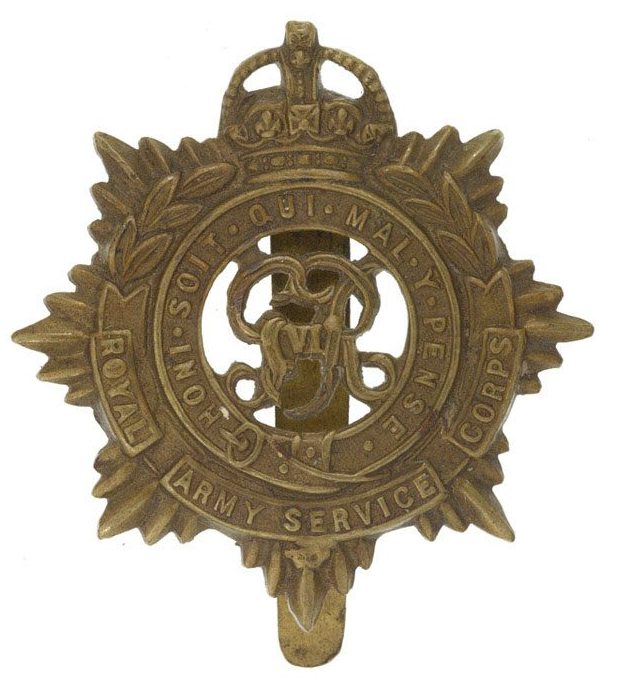Personal Details
Born: Either 16 September or 17 October 1893 and birth registered at Ellesmere, Shropshire during the last quarter of 1893.
Family: William was the second son of Thomas and Ann Wragg. In 1915 he married Nellie Platt and the marriage was registered in Whitchurch. Together the couple had at least eight children between 1915 and 1935, Keta, Nellie, Annie, Elsie, Harry, Freda, Denis, and Brenda. There was possibly also a William born in 1924.
Residence: In 1901 the Wragg family were living in Hollins Lane, Tilstock near Whitchurch. Ten years later, aged 17, William was living-in at a farm he was working on in Tybroughton, Flintshire. At the time of the Absent Voters’ list of 1919 his address was 7 Bark Hill, Whitchurch. In 1939 William, Nellie, William’s brother Thomas plus eight children were living at 3 Smallbrook Buildings, Whitchurch.
Employment: William was working as a cowman on a farm in 1911. In 1939 he was still employed in agriculture, being listed as a horseman on a farm.
Died: Aged 79 in Deermoss Hospital, Whitchurch and buried in Whitchurch cemetery on 4 December 1972.
Military Details
Regiment: Royal Army Service Corps (previously Labour Corps and before Liverpool Regiment)
Rank: Private
Service Number: R/458613 (previously 46640 and 70600)
Date of Enlistment: Prior to October 1917
Date of Discharge: After 10 October 1919
Reason for Discharge: Not known
Other Information: Hospitalised with enteritis in October 1917 when serving with 78th Labour Company of the Labour Corps.
William was awarded the Campaign Medals (British War Medal and Victory Medal).

The British War Medal (also known as 'Squeak') was a silver or bronze medal awarded to officers and men of the British and Imperial Forces who either entered a theatre of war or entered service overseas between 5th August 1914 and 11th November 1918 inclusive. This was later extended to services in Russia, Siberia and some other areas in 1919 and 1920. Approximately 6.5 million British War Medals were issued. Approximately 6.4 million of these were the silver versions of this medal. Around 110,000 of a bronze version were issued mainly to Chinese, Maltese and Indian Labour Corps. The front (obv or obverse) of the medal depicts the head of George V. The recipient's service number, rank, name and unit was impressed on the rim.
The Allied Victory Medal (also known as 'Wilfred') was issued by each of the allies. It was decided that each of the allies should each issue their own bronze victory medal with a similar design, similar equivalent wording and identical ribbon. The British medal was designed by W. McMillan. The front depicts a winged classical figure representing victory. Approximately 5.7 million victory medals were issued. Interestingly, eligibility for this medal was more restrictive and not everyone who received the British War Medal ('Squeak') also received the Victory Medal ('Wilfred'). However, in general, all recipients of 'Wilfred' also received 'Squeak' and all recipients of The 1914 Star or The 1914/1915 Star (also known as 'Pip') also received both 'Squeak' and 'Wilfred'. The recipient's service number, rank, name and unit was impressed on the rim.

